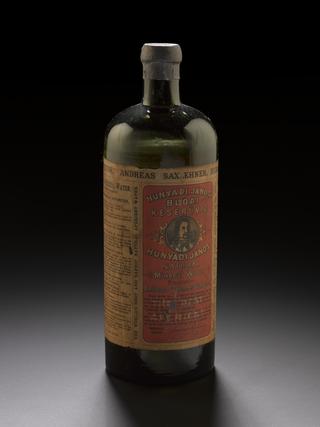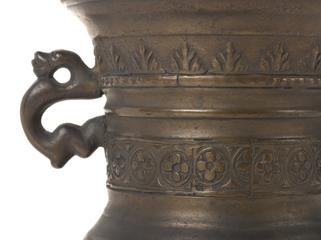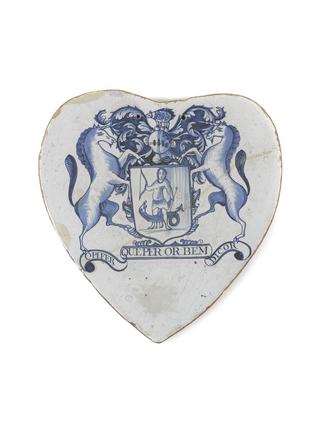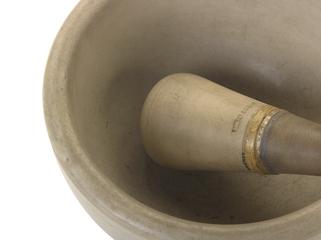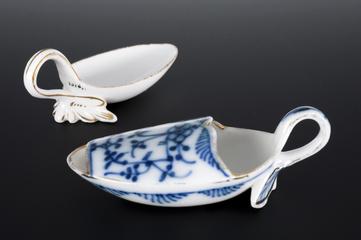Eighteenth century tea chest
Mahogany tea chest with six engraved tea caddies, 1700s.
More
At the beginning of the 1700s in Britain, tea from China was an expensive luxury and it's consumption was limited to the wealthy. As demand for tea grew, exports from China skyrocketed and prices in Britain decreased.
This tea chest and caddies were designed to hold different varieties of loose Chinese tea. Each of the six caddies are engraved with the English names for the different types of Chinese tea.
'Fine Pekoe' tea was a type of 'bohea' (similar to oolong today) tea produced in the Wuyi mountain region of Fujian, China in the 18th century. In Britain it was sometimes referred to as 'Pekoe' tea.
'Fine Imperial' tea was a type of green tea produced in China in the 18th century. In Britain it was sometimes referred to as 'Imperial' tea.
'Fine Green' tea produced in China in the 18th century and imported into Britain.
'Fine Souchong' tea produced in China in the 18th century. It is a black tea produced in the Wuyi mountain region of Fujian, China. In Britain it was sometimes known as 'souchong'.
'Fine Hyson' tea produced in China in the 18th century. It is a type of green tea. In Britain it was sometimes known as 'Hyson', possibly named after the British merchant who first imported it.
'Fine Congou' tea produced in China in the 18th century. It is a type of bohea tea (similar to oolong today) produced in the Wuyi Mountain region of Fujian. In Britain it was sometimes known as 'Congou' or 'Congo'.














